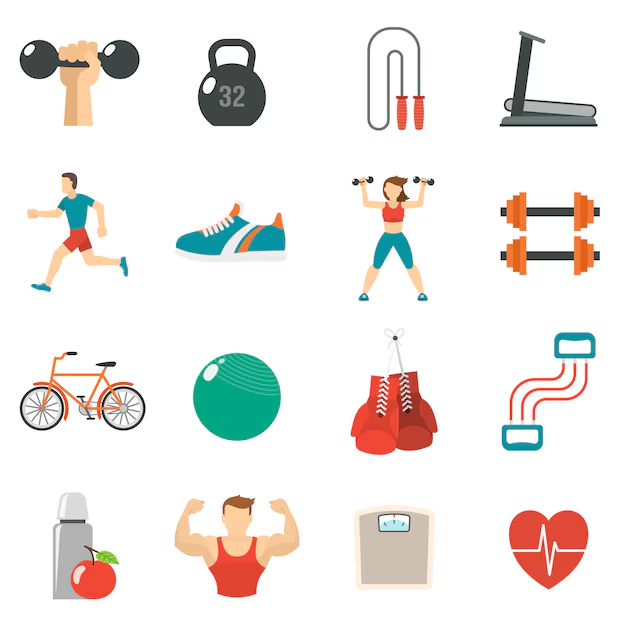Navigating Menopause: A Guide to Graceful Transition and Renewed Vitality

Updated at: 2025-05-18 15:20:51 (4 months ago by Melkisedeck Leon Shine)
```htmlNavigating the Menopausal Transition: A Holistic Approach
Menopause, a pivotal life stage characterized by the cessation of menstruation and fluctuating hormone levels primarily involving estrogen, is frequently perceived with apprehension. This article reframes menopause as a significant transition, offering a comprehensive, evidence-based approach to foster positive well-being during this period. We will explore strategies grounded in bio-psycho-social models of health, acknowledging the interplay of biological, psychological, and social factors influencing the menopausal experience.
Understanding the Physiological and Psychological Dimensions of Menopause
The initial step towards a successful menopausal transition involves a thorough understanding of the process. Menopause isn't a single event but a multifaceted process encompassing perimenopause (the transitional phase leading up to menopause), menopause (the 12-month period after the final menstrual period), and postmenopause (the period after menopause). During this time, declining estrogen levels trigger a range of physiological changes, including vasomotor symptoms (hot flashes, night sweats), urogenital atrophy (vaginal dryness, urinary incontinence), and bone loss (osteoporosis). Concurrently, psychological well-being can be affected, potentially leading to mood swings, sleep disturbances, and cognitive changes. Recognizing these diverse manifestations is crucial for implementing targeted interventions.
Strategies for a Successful Menopausal Transition
1. Comprehensive Self-Care: A Foundation for Well-being
Self-care, encompassing physical, mental, and emotional well-being, assumes paramount importance during this transitional phase. The salutogenic model emphasizes fostering resources and conditions that promote health rather than solely focusing on disease prevention. This involves incorporating stress-reduction techniques (mindfulness, meditation, yoga), regular physical activity (enhancing cardiovascular health, bone density, and mood), and sufficient sleep hygiene. These practices contribute to resilience and adaptive coping mechanisms, mitigating the impact of menopausal symptoms.
2. Nutritional Optimization: Supporting Physiological Changes
Dietary interventions play a vital role in alleviating menopausal symptoms. A balanced diet rich in calcium (dairy products, leafy greens), vitamin D (sun exposure, fortified foods), and omega-3 fatty acids (fatty fish, flaxseeds) supports bone health and reduces inflammation. Hydration is also critical, especially given potential vaginal dryness. The application of principles from the Health Belief Model highlights the importance of individual beliefs about susceptibility and severity of menopausal symptoms in motivating healthy dietary choices.
3. Physical Activity: Maintaining Physical Health and Mental Well-being
Regular physical activity is crucial for mitigating weight gain, preserving bone density, and improving mood. Exercise releases endorphins, which have mood-boosting effects, potentially reducing symptoms such as depression and anxiety. The social cognitive theory emphasizes the role of self-efficacy and social support in maintaining physical activity. Choosing enjoyable activities and finding a supportive exercise community are critical aspects of adherence.
4. Social Support: Harnessing the Power of Connection
The social support network plays a pivotal role in buffering the stress associated with menopause. Social support theory highlights the protective effects of strong social ties on physical and mental health. Connecting with friends, family, or support groups provides opportunities for sharing experiences, reducing feelings of isolation, and fostering a sense of community during this life stage. Online support forums and peer-to-peer counseling can also offer valuable resources and avenues for connection.
5. Informed Decision-Making Regarding Hormone Therapy
Hormone replacement therapy (HRT) is a treatment option for managing severe menopausal symptoms, but it should be approached cautiously and collaboratively with a healthcare provider. The decision-making process involves weighing the potential benefits against the risks based on individual health circumstances. Shared decision-making models highlight the crucial role of patient autonomy and informed consent in choosing the most appropriate treatment approach.
6. Cognitive Restructuring: Embracing the Positive
Menopause is a transition that often necessitates a shift in perspective. Cognitive Behavioral Therapy (CBT) principles can be applied to challenge negative thoughts and beliefs surrounding menopause, promoting a positive outlook. This involves identifying and reframing negative self-talk, developing coping strategies for managing challenges, and focusing on personal strengths and growth opportunities.
7. Embracing a Holistic Approach: Integrating Multiple Strategies
The effectiveness of managing menopausal symptoms often lies in a holistic approach, combining multiple strategies. The biopsychosocial model emphasizes the integrated nature of biological, psychological, and social factors influencing health and well-being. Integrating appropriate nutritional practices, exercise regimes, stress-reduction techniques, social support mechanisms, and when necessary, medical interventions, is essential for a comprehensive approach.
Conclusion and Recommendations
Menopause represents a significant life transition offering opportunities for personal growth and self-discovery. Successfully navigating this phase requires a comprehensive strategy that integrates physiological, psychological, and social dimensions. Employing a holistic approach that incorporates self-care, nutritional optimization, physical activity, robust social support, judicious use of HRT when needed, and cognitive restructuring can significantly mitigate menopausal symptoms and enhance overall well-being. Future research should focus on personalized strategies tailored to individual needs, further refining interventions based on cultural context and socio-economic factors. Educating women about menopause and providing readily available access to reliable information and support resources remain crucial for empowering women to embrace this life stage confidently.
Reader Pool: What are your perspectives on the effectiveness of various holistic approaches in managing the diverse challenges presented by the menopausal transition?
```


